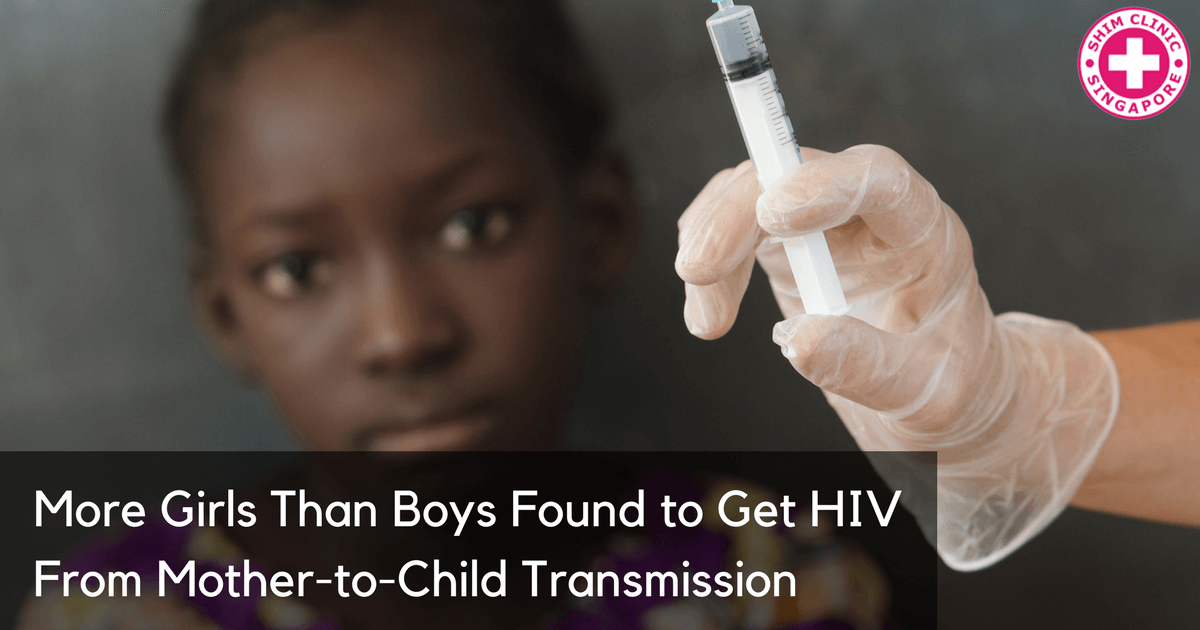More girls than boys in Kenyan are getting HIV infections from their mothers, a new study has found.
The study was carried out by the Ministry of Health over a course of nine years in collaboration with the Kenya Medical Research Institute (Kemri) and the Clinton Health Access Initiative. The goal of the study was to evaluate the status of mother-to-child HIV transmission (MTCT) trends in Kenya.
One of the key findings of the study was that there are more girls getting infected with HIV via mother-to-child transmission than boys. The study published in Plos One studied 365,841 Kenyan infants below the age of two years. The study was carried out from January 2007-July 2015.
The lead researchers, Dr Matilu Mwau and Dr Martin Siengo said that these findings were not by chance. They added that there are theories female infants could be more susceptible to HIV infection while still in the womb as well as soon after birth.
50% of HIV-Infected Newborns Die
If newborns are not given antiretroviral therapy (ART), about 50% of HIV-infected infants succumb to the infection the age of two.
Efforts to prevent mother-to-child HIV infections have however, seen this number significantly go down to 2%. Some of the mother-to-child HIV transmission methods include taking highly active antiretroviral therapy (HAART) while still pregnant, elective caesarian section, and avoiding breastfeeding.
Barriers to health care and substandard infant care practices and feeding care in the country due to limited resources have highly affected these efforts making it hard to fight (MTCT).
Early diagnosis of infected newborns is paramount in making sure that they are put on ART immediately in order to slow down the chances of HIV progressing to AIDS thus prolonging the life of the baby.
The Study
The researchers used over 370,000 samples collected from a nation wide HIV laboratory database. A total of 370,196 samples were collected from infants who visited health facilities all over Kenya between January 2007 and July 2015. These samples were then tested in seven national laboratories.
From the 370,196 samples in the dataset, 32,441 (8.9%) of them were HIV positive. 50.4% of the samples were from female babies. 10.9% of the data did not have the sex identified.
51.5% of the mothers in the data collected were taking HAART full time while another 4.7% were on interrupted HAART. 18.0% of them were not taking any form of HIV treatment.
As for babies, 11.8% of those with the virus were not on any HIV treatment. 64% of the mothers were practicing exclusive breastfeeding while only 14.5% of the babies were not breastfed. 9.1% of the mothers were practicing mixed breastfeeding.
Marked Difference Between Boys and Girls Prevalence Rates
The study observed a marked difference in the prevalence rates between boys and girls. More girls tested HIV positive at birth than boys. 164,259 female and 161,682 male infants were tested for HIV. The results showed an 8.9% prevalence for girls and 8.4% for boys.
The researchers also observed that more boys with the infection died before birth which could explain the girls’ higher prevalence at birth.
The researchers called for more studies on why more boys were dying before birth than girls. At the moment they hypothesised that this could be due to the fact that the Y chromosome in male babies has a higher affinity to the HIV virus, thus more susceptible to HIV infection leading to more male intrauterine deaths among HIV-infected fetuses.
The researchers emphasised the need to adhere to mother-to-child prevention strategies in order for mothers to save their babies from infection because a HIV positive mother doesn’t mean a HIV positive baby.
Source: http://journals.plos.org/plosone/article?id=10.1371/journal.pone.0183860


Pingback: WHO: One Million STD New Diagnoses Every Single Day